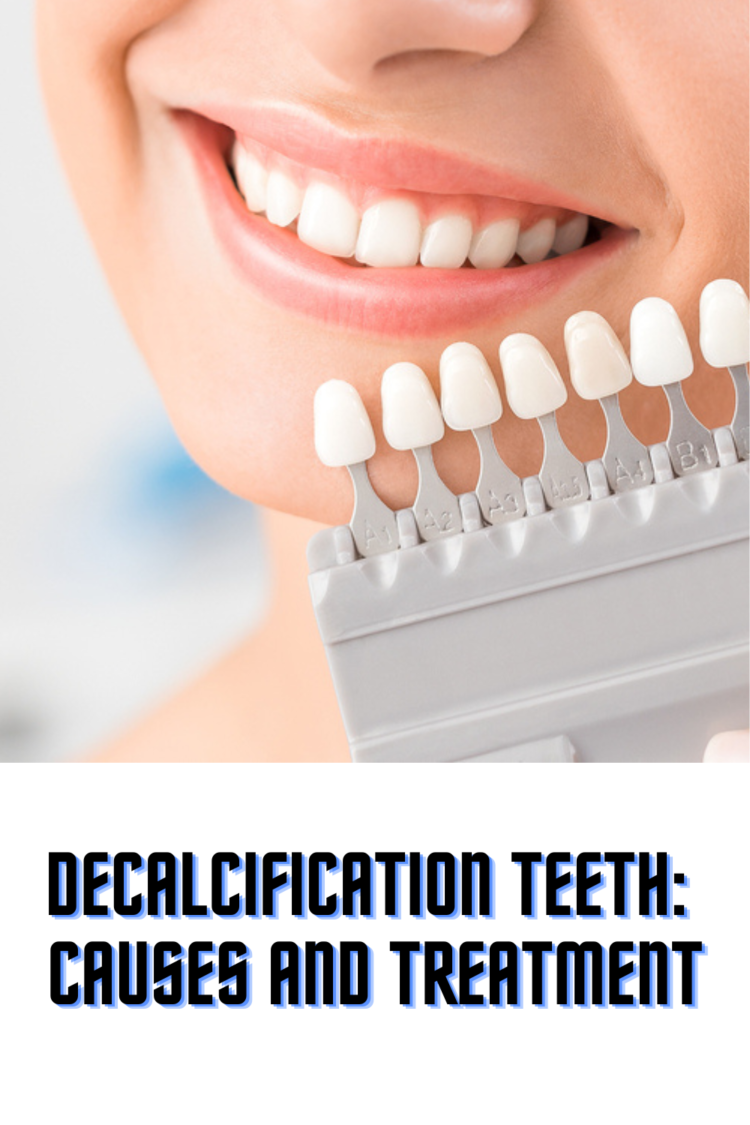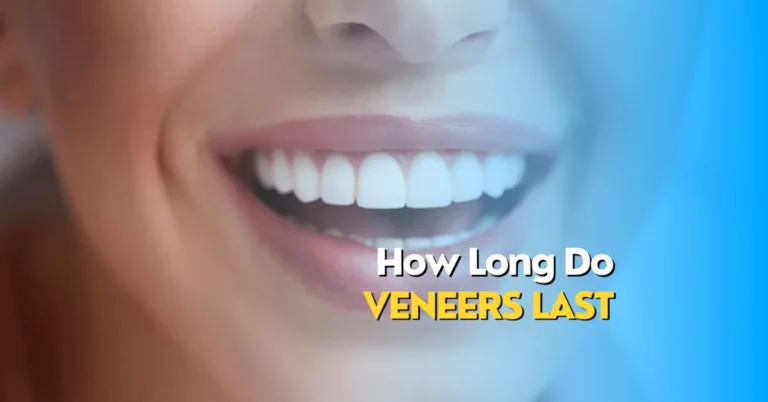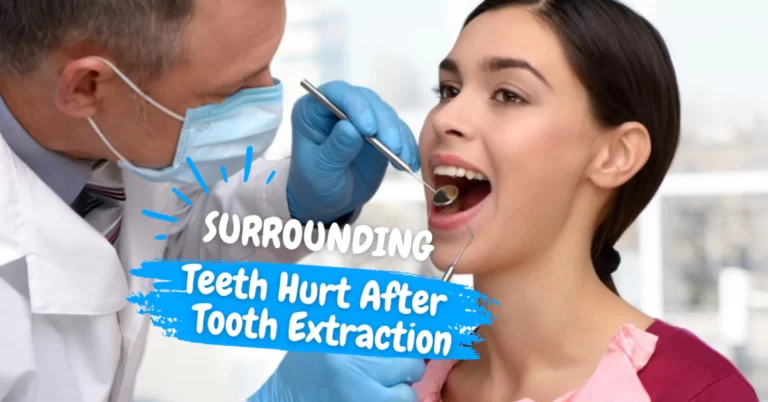Decalcification Teeth: Causes and Treatment
Do you have white spots on your teeth? If so, you may suffer tooth decalcification, a condition where your teeth’ enamel loses its minerals and becomes weak. It can affect anyone but is common in people who wear braces, has poor dental hygiene, or consume many acidic.
The following post will explain tooth decalcification, how it can be treated, and how to prevent it.
What Is Teeth Decalcification?
Tooth decalcification is the loss of calcium and other minerals from the enamel of your teeth. Enamel is the hard outer layer of your teeth that protects them from daily wear and tear. It is composed of several minerals, most notably calcium and phosphorus.
The enamel becomes weak and discoloured when plaque, bacteria, or other factors strip away these minerals. It results in white spots or patches on your teeth that are more susceptible to cavities and decay.
Tooth Decalcification Causes
Several factors can cause tooth decalcification, such as:
Diet
What you eat and drink has a significant influence on the health of your teeth. Decalcification has a direct link with several dietary variables, including:
- Foods and beverages that are acidic
- Lack of calcium
- Inadequate phosphorus
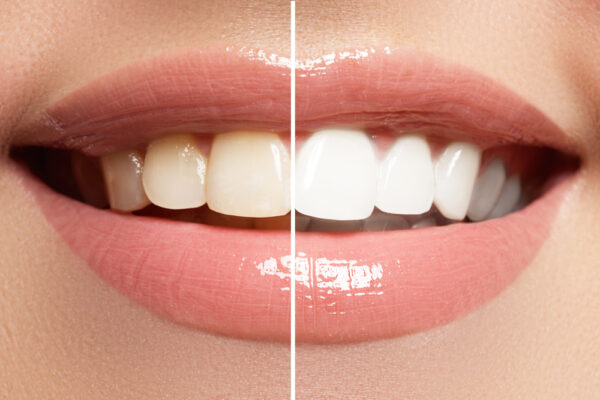
Fluorosis
Fluoride, a common ingredient in toothpaste, is generally beneficial for dental health. However, in children ages eight and younger, excessive exposure to fluoride causes a condition called “fluorosis.” It can cause white or brown spots on the teeth that are permanent and difficult to remove.
Braces
Braces are great for aligning your teeth but may cause some side effects. Once someone gets their braces taken off, they may notice white spots on their teeth. It is because plaque can amass around and under braces, staying there for some time and slowly decalcifying the teeth.
Plaque Buildup
A sticky coating of germs called plaque develops on your teeth every day. Your enamel will degrade and become decalcified due to the acids it creates. Plaque can solidify into tartar, which is considerably harder to remove.
Calcium Deposits
Calcium deposits are small lumps of calcium that form on the surface of your teeth. They are usually harmless and do not affect your oral health. However, they can make your teeth look uneven or discoloured.
Can Decalcification Be Treated?
Tooth decalcification is treatable in most cases. Depending on the severity and cause of the condition, there are different treatment options available:
Tooth Whitening
Tooth whitening products can help lighten the colour of your teeth and make the white spots less noticeable. However, tooth whitening may not work for all types of discolouration and may cause sensitivity to your gums.
Microabrasion
Microabrasion is a technique where a dentist uses a mild abrasive material to remove the outer layer of enamel containing white spots gently. It can improve the appearance of your teeth and make them smoother and more uniform.
Resin Infiltration
Resin infiltration is a technique where a dentist applies resin material to the white spots to fill in the gaps and blend them with the rest of the enamel. It can make your teeth look more natural and prevent further decay.
Veneers
Veneers are thin shells of porcelain or composite bonded to the front of your teeth to cover the white spots and other imperfections. They can give you a flawless smile but are more expensive and invasive than other treatments.
How Do You Manage Decalcification?
If you have tooth decalcification, consult your dentist for the best treatment option. In addition, you should follow these tips to manage your condition:
- Brush your teeth regularly with fluoride and soft-bristled toothpaste.
- Use dental floss daily to remove food crumbs and plaque between your teeth.
- After consuming acidic or sweet foods, rinse your mouth with water or fluoride mouthwash.
- Avoid smoking, chewing tobacco, or using other substances that can stain or damage your teeth.
How to Avoid Decalcification?
The best way to avoid tooth decalcification is to prevent it from happening in the first place. You can do It by following these preventive measures:
Avoid Decalcifying Agents
As mentioned, some foods and drinks can cause decalcification. To protect your teeth, you should limit or avoid consuming these decalcifying agents, such as:
- Citrus fruits and juices
- Sodas and carbonated beverages
- Sports drinks and energy drinks
- Vinegar and pickles
- Wine and alcohol
- Candy and sweets
Proper Dental Hygiene
Another vital way to avoid decalcification is to practice good dental hygiene habits every day. It includes:
- Brushing your teeth regularly with fluoride toothpaste and a soft-bristled toothbrush
- Flossing your teeth once a day
- Rinsing your mouth with water or fluoride mouthwash after meals or snacks
- Replacing your toothbrush every three months or when the bristles are worn out
- Cleaning your tongue with a tongue scraper or a toothbrush
Can You Reverse Decalcification?
In some cases, you can reverse decalcification. Remineralisation is the process of restoring the minerals that have been lost from your enamel due to decalcification. You can do It by using products containing minerals, such as calcium.
Some examples of remineralising products are:
- Toothpaste
- Mouthwash
- Gel
- Varnish
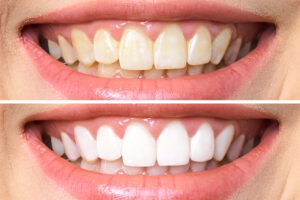
Frequently Asked Questions (FAQs)
Does fluoride fix decalcification?
Fluoride can help prevent and reverse decalcification by strengthening your enamel. It can be found in toothpaste, mouthwash, drinking water, or supplements. However, too much fluoride can cause fluorosis, another type of decalcification that causes white or brown spots on the teeth.
How do you fix tooth enamel decalcification?
Tooth enamel decalcification can be fixed using remineralising products containing minerals such as calcium and phosphate to restore the lost minerals. You can also use treatments such as tooth whitening, resin infiltration, or veneers to improve the appearance of your teeth.
What is the dental treatment for decalcification teeth?
The dental treatment for decalcification depends on the severity and cause of the condition. Some common dental treatments are:
- Tooth whitening: Tooth whitening can help lighten the colour of your teeth and make the white spots less noticeable.
- Microabrasion: Microabrasion can help remove the outer layer of enamel that contains the white spots and make your teeth smoother and more uniform.
- Resin infiltration: Resin infiltration can help fill in the gaps and blend the white spots with the rest of the enamel.
- Veneers: Veneers can help cover the white spots and other imperfections and give you a flawless smile.
Can calcium repair enamel?
Calcium can help repair enamel by remineralising it and making it stronger and more resistant to acids. It can be found in milk, cheese, broccoli, kale, or almonds. You can also use products that contain calcium, such as toothpaste.
Conclusion
Tooth decalcification is a common dental problem that can affect anyone. It is an outcome of the loss of minerals from the enamel of your teeth due to plaque, bacteria, or other factors. You should practice good oral hygiene habits, avoid decalcifying agents, and use fluoride and remineralising products to prevent decalcification.
To treat decalcification, consult your dentist for the best option for your case. You may be able to use tooth whitening, microabrasion, resin infiltration, or veneers to improve the appearance of your teeth.
